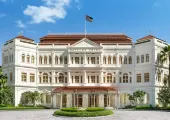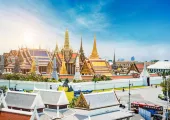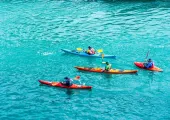Destination Kuala Lumpur: Malaysia's Stunning Capital
Catalogue
- Getting There
- 10 Great Things to See in Kuala Lumpur
- 1. Petronas Twin Towers
- 2. National Museum of Malaysia
- 3. Royal Museum
- 4. National Mosque of Malaysia
- 5. Independence Square
- 6. Sunway Lagoon & Aquaria KLCC
- 7. Central Market and Petaling Street
- 8. Sepang International Circuit
- 9. Batu Caves
- 10. Genting Highlands
Show More
When it comes to international travel destinations, few places top the convenience of Malaysia. Singapore is well connected with its neighbor to the north, logistically as well as culturally. Malaysia draws visitors from around the world eager to explore the idyllic beaches, stunning rainforests, and dynamic cities. In this guide, we’re profiling Kuala Lumpur, Malaysia’s bustling and diverse capital. It’s a place where Chinese, Indian, Malay, and Western influences blend together in surprising ways to create a city like few others. Kuala Lumpur is famous for its food, shopping, culture, and nightlife. Read-on to discover some great things to see next time you’re visiting the Garden City of Lights.

Following the reopening of the land border crossing to Johor, travelers once again have several ways to reach Kuala Lumpur. The easiest option is to simply drive the 355 kilometers. It’s not the fastest way to get there, taking on-average about 3 and a half hours, but it may be the most convenient if you have access to your own car. Cross-border bus services are again operating following the easing of travel restrictions. Coach trips are among the cheapest means of getting to Kuala Lumpur; however, they add a few hours onto the journey. Flights are, relatively speaking, inexpensive and the fastest way to cover the distance, if you don’t mind the hassle of air travel that is. Fully vaccinated travelers can now move between Singapore and Malaysia with relative ease. Always make sure to check the latest travel advisors before finalizing your plans as conditions may have changed since this guide was published.
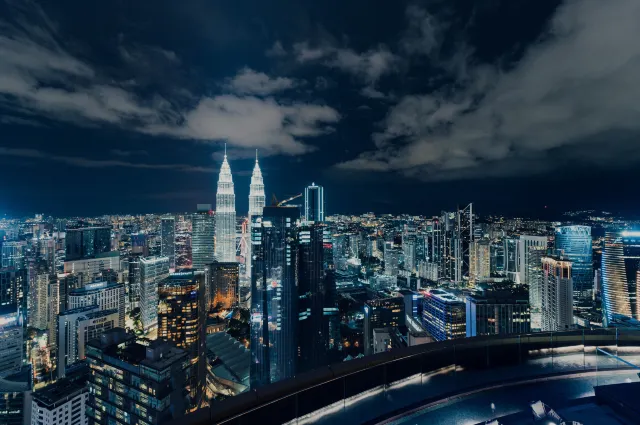
Despite being a bit more expensive than other parts of Malaysia, Kuala Lumpur's rich offerings make it a favored destination. The city's melting pot character provides visitors a wealth of opportunities. The following list provides some suggestions for places visitors won't want to miss.

We begin with not one but two spectacular architectural wonders. The Petronas Twin Towers are the internationally recognized symbol of Kuala Lumpur. They remain the world’s tallest twin skyscrapers and are visible throughout the city. Designed by Argentine architect Cesar Pelli, the towers are connected by a soaring skybridge located on the 41st and 42nd floors. The 86th floor observation deck provides visitors with a spectacular 360-degree view of Kuala Lumpur and the exterior design and landscaping surrounding the buildings help make the entire area one of the most Instagrammable locations in all Kuala Lumpur. Make sure to visit nearby KLCC Park, which is a nice place to relax and offers a good angle to view the towers. Tickets for the observation deck are available online ahead of time. Check out the link below for more information.

The National Museum of Malaysia, located near the scenic Perdana Botanical Garden, is a great place to discover Malay culture. The museum’s 4 main galleries cover history, natural history, ethnography, and more. The broad range of artifacts on display means there’s something interesting for just about everyone. Visitors can explore the museum’s many tableaus depicting traditional Malay cultural festivals and ceremonies, browse the impressive collection of traditional weaponry, and see stunning displays of regional flora and fauna. More than just a history museum, the National Museum of Malaysia is several museums all rolled into one. Take note of the large freezes on the museum’s exterior as you approach the building. These enormous works of art detail the long arc of Malay history. Exhibits are located both indoors and outdoors and the museum is served by several MRT lines.
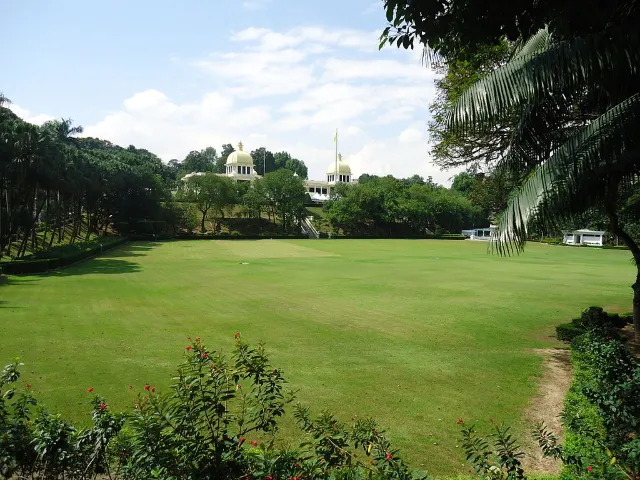
The Royal Museum is housed on the site of the former National Palace and royal residence. Visitors should not confuse this with the current National Palace, which is in a different part of the city. The main entrance to the Royal Museum is located just off the neighboring highway and has a small area for parking. This vantage point offers the best place to snap some photos of the former palace set on the hill across a large rolling lawn. Tours are available, but guests should be aware that at the time of writing the museum was still undergoing renovation and significant portions remained closed off to the public. During this time, however, admissions fees have been waived so it’s still a good place to visit even if you can’t see everything that’s normally on display. The Royal Museum is located a little less than 1.5 kilometers from the National Museum.

Graeme Maclean, CC BY 2.0, via Wikimedia Commons
The National Mosque of Malaysia, constructed in 1965, can accommodate as many as 15,000 worshipers. The mosque’s towering 73-meter minaret overlooks the 13 acre complex, which features a 16-pointed canopy style concrete roof covering the main prayer hall. The roof design is evocative of a large open parasail. This general shape is incorporated throughout the mosque’s architecture, including on the minaret where it appears in closed form. The main entrance to the prayer hall is flanked by two large fountains and much of the exterior architecture has an iconic 1960s design aesthetic. Guests should take care to remain respectful of religious customs when visiting. This includes attention to appropriate dress and decorum. The neighboring Islamic Arts Museum houses an impressive collection of traditional and contemporary works including an elaborately decorated dome and the world’s largest scale model of the Great Mosque in Mecca.
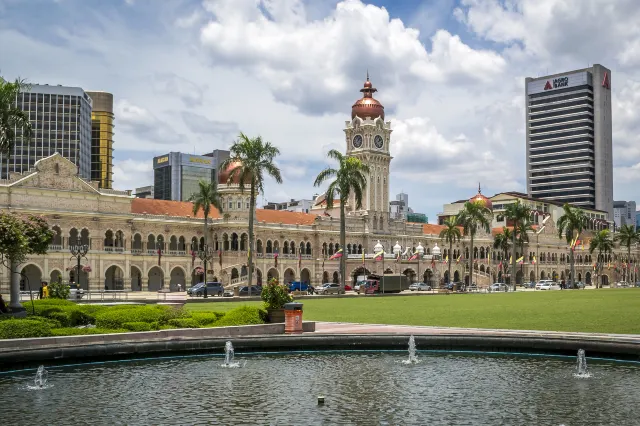
Independence Square, known as Dataran Merdeka, is a large grassy square, or padang, located just opposite the Sultan Abdul Samad Building. Functioning in effect as Kuala Lumpur’s main town square, this is where the Union Jack was lowered for the last time and the Malaysian national flag first raised when Malaysia gained its independence from Britain in 1957. Today, Independence Square is the site of the annual Independence Day Parade, held each year on the 31st of August. The square is a great place to snap some photographs of the Sultan Abdul Samad Building with its distinctive facade and clock tower. Enjoy a stroll around the area where you can also visit the Kuala Lumpur City Gallery. At night, be sure to stroll along the Klang River and visit Kolam Biru, where banks are illuminated in a dazzling blue light.
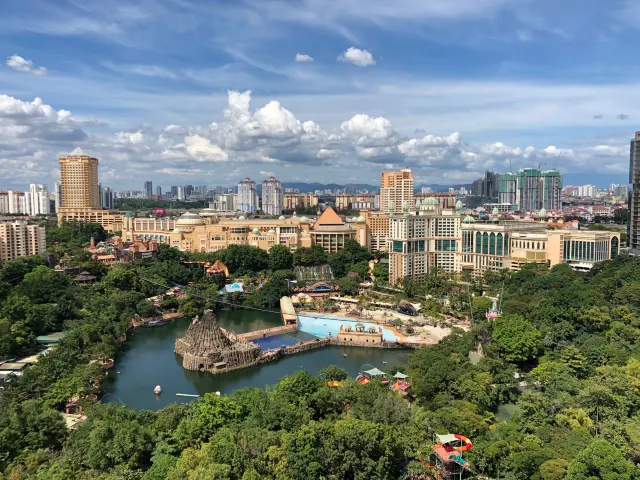
These two options are great for families with kids. Sunway Lagoon is a combination water park, theme park, wildlife park, and more. With over 80 attractions, Sunway Lagoon offers loads of fun as Malaysia’s premiere amusement park. Located just outside Kuala Lumpur city limits, Sunway Lagoon is a sprawling park with activities for visitors of all ages. Test your courage as you walk across the enormous 428 meter suspension bridge, or enjoy the thrill of shooting down one of the various water slides. One- and two-day combination tickets are available online. Aquaria KLCC is located just off KLCC Park near the Petronas Twin Towers. The aquarium features literally thousands of amazing creatures all housed in state-of-the-art displays. The underwater tunnel is a particularly immersive experience where visitors can see beautiful aquatic animals gracefully gliding all around. Aquaria KLCC is a convenient stop when you’re visiting central Kuala Lumpur.
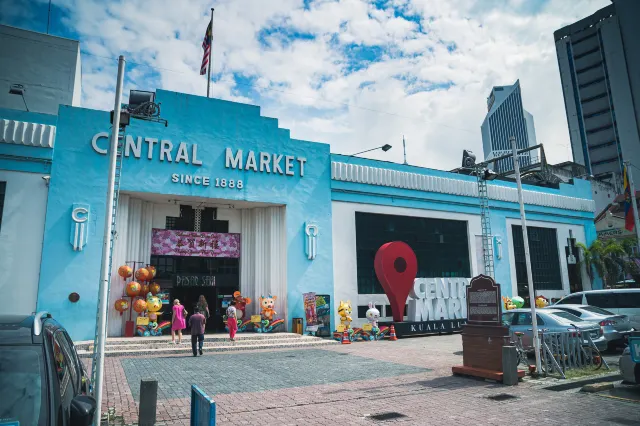
Central Market and Jelan Petaling are part of the lively area near Independence Square. This is where you will find Chinatown Kuala Lumpur and its numerous small vendors and street food stalls. Central Market is housed inside a lovely Art Deco Heritage Site and the stalls here are excellent places to find traditional Malay handicrafts and small items. The outdoor flea market features additional vendors and there’s often live music performances and other events throughout the day. Spend time exploring the area including nearby Jalan Petaling. Make a point to visit Sri Mahamariamman Temple, Kuala Lumpur’s oldest Hindu temple. The ornate and colorful exterior feature a range of Hundu deities sculpted in exquisite detail. Don’t pass up the opportunity to try some of Kuala Lumpur’s famous street food while you’re visiting Chinatown. It’s easily one of the most enjoyable things to do.
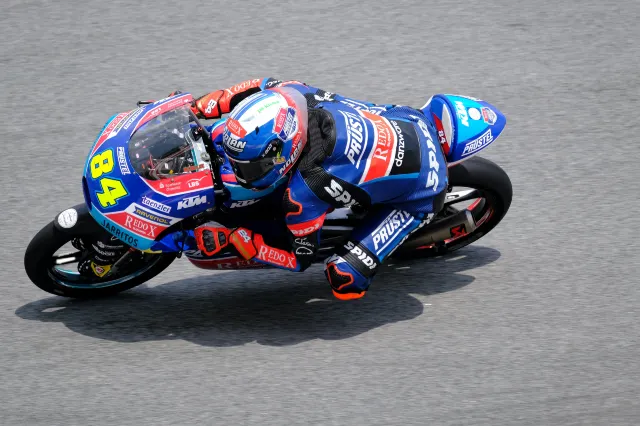
Motorsport fans may enjoy a visit to the Sepang International Circuit. The raceway hosts the Malaysian Motorcycle Grand Prix, the Malaysia Merdeka Endurance Race, and several other racing events throughout the year. Between 1999 and 2017, Sepang International Circuit was the venue for the annual Formula One Malaysian Grand Prix. The Malaysian National Automobile Museum is located on the grounds and features numerous historic motorcars as well as information about the development of racing in Malaysia. Visitors can enjoy the Go Kart track or opt for a drive around the actual racing circuit with the help of a professional instructor. Sepang International Circuit is located about 45 kilometers south of Downtown Kuala Lumpur and is right next to the main airport. A schedule of racing events is available online.

Batu Caves is a natural scenic area just outside Kuala Lumpur city limits famous for its limestone hills containing a series of caves and stunning temples. The Hindu shrines at Batu are considered some of the most important anywhere outside India. The area is also popular with rock climbing enthusiasts. Dozens of preset routes cater to climbers of varying skill levels. Most of the climbing areas are located on the northern side of the hills while the entrance of the shrines are found on the southern side. That’s also where visitors can see the famous colored staircase leading up to the cave entrance. The 272 steps are each painted using a range of colors to create a stunning visual canvas. To reach Batu Caves, visitors can take the commuter trains from Kuala Lumpur Central Station. The ride takes about 30 minutes each way. It’s reasonable to budget several hours to explore the caves, or perhaps more if you elect to take one of the more detailed tours.

Genting Highlands is a resort location not far from Kuala Lumpur. Popular for its milder climate, locals come here when they want to beat the heat. Resorts World Genting features a theme park and casino gaming, making it one of the area’s most popular attractions. Genting is ideal as a day trip destination. If you plan on spending several days in Kuala Lumpur, Genting offers a nice contrast and a relaxing change of pace. The resort is reachable by car in under an hour. Another option is to take the Express Bus from Kuala Lumpur Sentral to Awana Station. This takes about an hour and will bring you to the lower cable car station at Awana. From there, you can ride the scenic cable car up to the station at Genting Highlands. The ride up takes only about 10 minutes and provides truly spectacular views of the lush hills and jungle.
Whether you enjoy spending an afternoon in a lovely park, hunting for souvenirs in bustling markets, or indulging in a bit of shopping, Kuala Lumpur won’t let you down. The diversity of experiences on offer make this a great destination for travelers of any age. Now that travel between Singapore and Malaysia is again fairly routine, you can easily get away to Kuala Lumpur during a long weekend or on holiday. Come discover the Garden City of Lights.
Trending Travelogues
Popular Trip Moments
Popular Travel Types
Popular Attractions
Popular Ranked Lists
Popular Destinations
Recommended Attractions at Popular Destinations














Site Operator: Trip.com Travel Singapore Pte. Ltd. Travel License No. 02943
